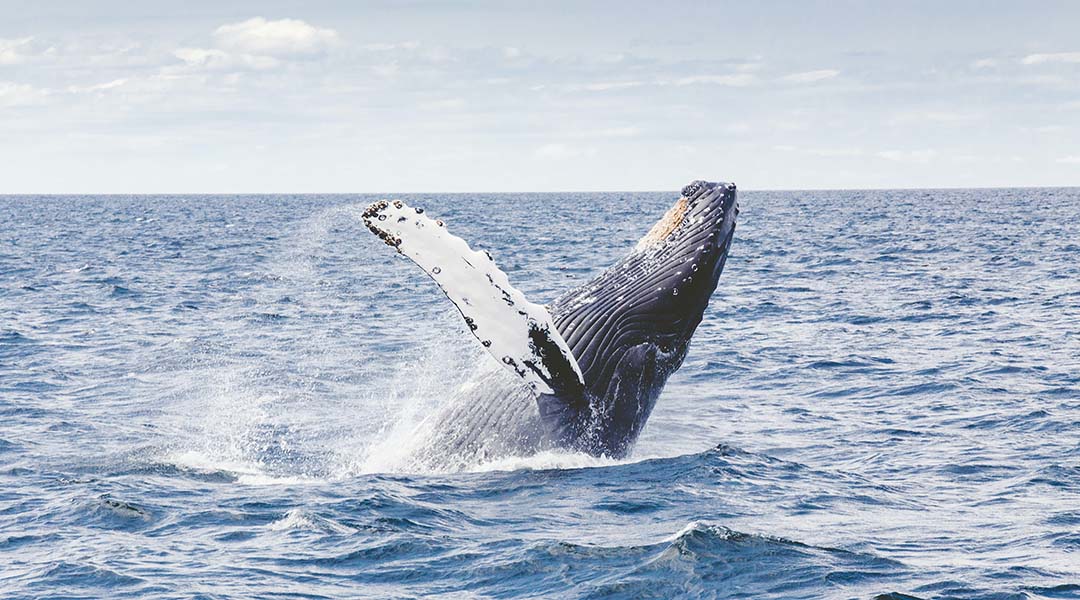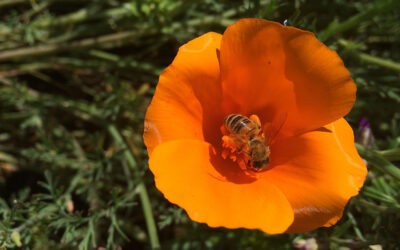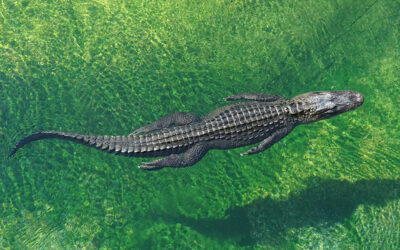In the 1960s, there were only around 200 humpback whales in the world. However, since whaling was banned, the population has surged and now exceeds 20,000 individuals – a hundredfold increase in only six decades. Such a dramatic growth entailed significant societal changes for the whales, who, as a paper in Communications Biology reports, have shifted from singing to fighting as their preferred mating strategy.
“It’s quite a big change in behavior, so humans aren’t the only ones subject to big social changes when it comes to mating rituals,” said Rebecca Dunlop, associate professor in physiology at the University of Queensland and lead author of the study.
Dunlop and her colleague Celine Frere analyzed data spanning nearly two decades, from 1997 to 2015. They found that, at the start of their observations, male whales who sang were almost twice as likely to breed with a female than those who did not.
However, by the end of the study, non-singing males who opted for physical competition against other males increased their mating chances significantly, as they were five times more likely than singers to be seen attempting to breed.
Adapt or die
The authors argue that, had the whales not changed their behavior, they might not have sustained the post-whaling society and might have, paradoxically, become extinct.
An intrinsic element of mating is competition, which would have gotten fiercer thanks to the steep population rise. And, while singing attracts females, it also alerts other males of the presence of a potential suitor. Therefore, swapping singing for a more discreet tactic might currently improve a male’s chances of keeping the female.
Of course, physical competition does not come without risks as ramming, charging, and head slapping might lead to injuries. However, the data shows males are increasingly willing to take this risk.
Judith Denkinger, professor at the College of Natural Science and Biology, Universidad San Francisco de Quito in Ecuador who was not involved in the study, added another potential cause for the change in behavior: “I could imagine it’s also because of the sound contamination that we have in the ocean.”
While extending this research to other whale species might seem an obvious next step, Denkinger explained that it might not be that simple: “Humpbacks have very well-defined areas where they come to breed and very well-defined migration roads, so we have seasons when we know that we go out and we see them 100% sure.”
Instead, other species are much harder to access, she added. “What we have is basically opportunistic data [and] we try to put all the pieces of the puzzle together […] If you organize a research trip and […] only focus on one species, it’s very likely that you won’t see the species, and then you’ve spent tens of thousands of dollars just on logistics.”
Fisheries threaten whales
As the authors report in the paper, species who can adapt their mating strategies to a changing environment fare better in the face of anthropogenic impacts. While global heating is a danger for whales, just as it is for many other forms of life, Denkinger emphasizes that in the short term, fishery interactions are a much bigger threat.
“Fisheries are threatening marine mammals worldwide on a big, big scale,” she warns, adding that, out of a population that she is monitoring off South America, “almost 40% of our whales have impacts with fishing gear”.
Because of their sheer size, whales act as massive carbon sinks that provide valuable help to combat the current climate crisis. They also contribute to keeping the balance of biodiversity in the oceans, especially by guiding other species along migration routes.
While they migrate up and down the world’s oceans, whales learn song patterns from each other. Nowadays, they might also be picking up the new mating strategies the paper reports. “It pretty much shows how smart they are and that they do have kind of a culture,” Denkinger said.
Reference: Rebecca Dunlop and Celine Frere, Post-whaling shift in mating tactics in male humpback whales, Communications Biology (2023). DOI: 10.1038/s42003-023-04509-7
Feature image credit: Thomas Kelley on Unsplash

















